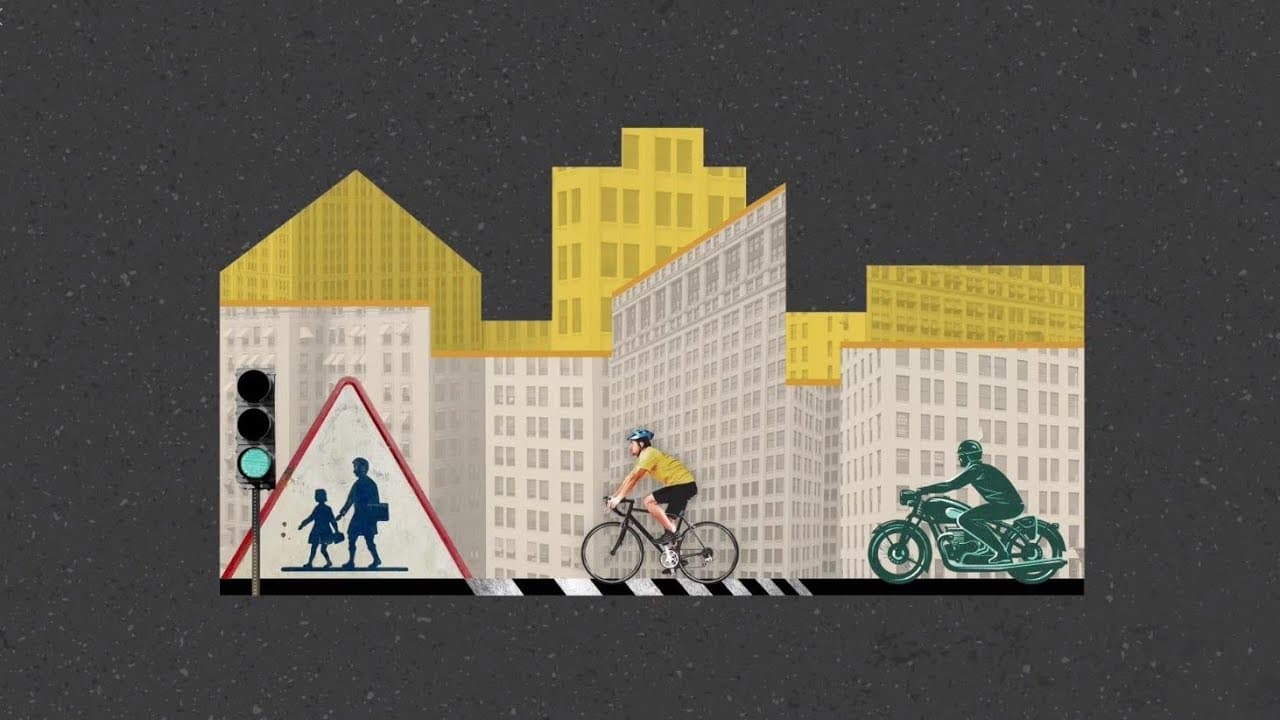The Bloomberg Philanthropies Initiative for Global Road Safety
The Bloomberg Philanthropies Initiative for Global Road Safety helps to implement a comprehensive package of activities proven to save lives. In partnership with international organizations and governments, it focuses on five key areas to improve road safety and save lives: strengthening national legislation; enhancing data collection and surveillance; changing road user behavior; improving road infrastructure; and upgrading vehicle safety.
Since 2007, Bloomberg Philanthropies has saved lives and reduced injuries from traffic crashes by supporting the implementation of road safety interventions in more than 50 cities and provinces, supporting stronger national road safety policies in 21 countries, and improving vehicle safety standards in four regional markets. Between 2007, when the initiative’s work began, and 2030, those efforts are projected to save nearly 312,000 lives.
In addition, partners have trained over 125,000 professionals in road safety strategies, including communications, police enforcement, and safe infrastructure design, launched more than 90 media campaigns, and crash-tested over 90 vehicle models across the Americas, Asia, and Africa. To date, nearly 3.7 billion people are covered by newly strengthened road safety laws with support from the initiative.
Specific activities supported by the Initiative for Global Road Safety include:
- Reviewing legislation and providing recommendations to strengthen road safety laws to meet international best practice
- Creating global resources for road safety, such as fact sheets and digital media content, that can be accessed online for free
- Supporting public and nonprofit efforts to implement effective road safety laws through funding and technical assistance
- Enhancing training for professionals and frontline workers, especially traffic police, to better enforce road safety laws
- Developing message-tested and evidence-based mass media campaigns to educate the public and increase seat belt and helmet use and reduce drinking and driving and speeding
- Supporting municipal and national governments in designing safer modes of transit, including mass transportation systems, walking infrastructure, and bike routes
- Improving infrastructure projects by assessing high-risk roads and recommending safety improvements
- Monitoring and analyzing traffic-related deaths, injuries, and policy effectiveness
- Supporting embedded staff in city halls to review project plans and coordinate implementation of best-practice road safety interventions across 27 cities
- Funding crash tests of top-selling cars in emerging markets and publishing their results to advance vehicle safety standards
To learn more about global road safety efforts, visit the Road Safety Resource Hub.

Top photo: A redesigned intersection in Quito increases pedestrian safety.




